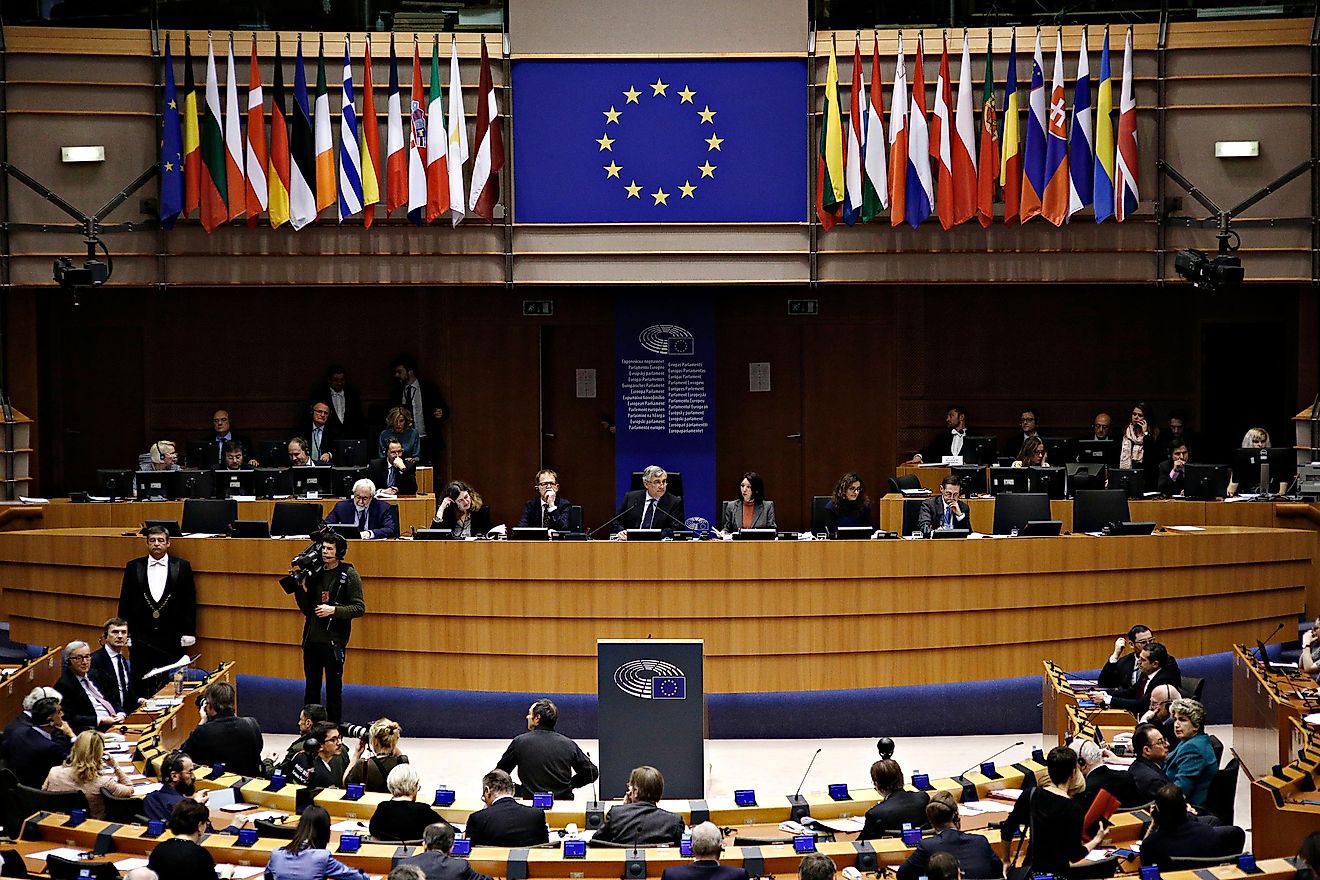8 European Union Countries With The Highest Healthcare Expenditures

Healthcare systems are organized and financed differently across the European Union Member States. But the universal access to quality healthcare, at an affordable cost to both individuals and society at large, is regarded as a basic human need and the right inseparable from the right to life. This is one of the shared values and principles in EU health systems.
Health systems across the globe have to evolve to respond to the changing needs and methods, new medical technology, and improvements in knowledge and demographic, social, and ethical developments. A background of financial sustainability remains the main limiting factor for access to healthcare and greater patient choice.
World Leaders In Healthcare
The healthcare expenditure statistics is defined as an attempt to quantify the economic resources dedicated to health functions. Healthcare expenditure is mainly measured for the healthcare goods and services that are consumed by residents. Statistics on healthcare expenditure and financing may be used to evaluate how a healthcare system responds to challenges and to try and adjust the allocation of the available resources between healthcare activities (for example, preventive and curative care) or groups of healthcare providers (for example, hospitals and ambulatory centers).
According to the Prosperity Report, the world leaders in healthcare infrastructure and nation's health overall are Japan and Singapore, followed by South Korea, Switzerland, and Norway (none of these are the European Union members). The achievement of Switzerland might have something to do with them being the leaders of both prosperity in general and also the European leaders on the healthcare expenditure: 12.2% GDP (gross domestic product).
Top European Union Countries
Netherlands, Austria, Germany, Spain, Malta, France, Italy are the top European Union countries on the Health Pillar ranking of the prosperity Report. The results not being the exact match to the expenditure remind us that, same as with any investment, the sheer spending number is an important but not the only parameter that defines the quality or the outcomes of the healthcare effort.
Among the European Union members, the top line-up by the expenditure is the following: Germany, Sweden, France, Netherland, Denmark, Belgium, Austria, and Finland. The level of the healthcare expenditure in Germany was EUR 352 billion in 2016 — the highest value among the EU Member States. France recorded the second-highest level of the healthcare expenditure, EUR 257 billion. Twelve European Union Member States spent less than 7.5 % of GDP (gross domestic product), with Romania recording the lowest ratio (5.0 %).

Member States Expenditures
It is interesting to note that Luxembourg has the second-lowest ratio of healthcare expenditure to GDP, but this is a reflection of the high level of GDP in Luxembourg. The actual spending in euro per resident was the highest among the EU Member States - EUR 5 600 per inhabitant. A significant proportion of workers in Luxembourg are cross-border workers and live outside the country; as non-residents, the expenditure on their healthcare is not included in Luxembourg's health accounts while their economic activity does contribute to Luxembourg's GDP.
Sweden spent EUR 5 100 per inhabitant and Denmark - EUR 5 000 per inhabitant. Following on from Luxembourg, Sweden, and Denmark, a group of four Member States — the Netherlands, Germany, Austria, and Ireland — recorded current healthcare expenditure between EUR 4 200 and 4 300 per inhabitant. In turn, these were followed by another group — France, Belgium, Finland — with ratios in the range of EUR 3 600 to 3 800 per inhabitant. There was then a relatively large gap to Italy (EUR 2 500 per inhabitant), Spain (EUR 2 200), and Malta (EUR 2 000).
All of the remaining Member States recorded average expenditure below EUR 1 700 per inhabitant in 2016, with 7 of these 14 recordings an average spend on healthcare below EUR 1 000 per inhabitant. The lowest levels of expenditure per resident were in Bulgaria (EUR 556) and Romania (EUR 432). The contrast between the highest (Luxembourg) and lowest (Romania) levels of expenditure per inhabitant was 13 to 1. It looks a little less drastic if we consider lower prices in the latter but still remains significant.
Increases In Care And Medical Goods
In terms of the functions, in six EU Member States like the Netherlands, the most substantial increase was for expenditure on curative and rehabilitative care. In four others (for example, in Bulgaria), the expenditure increased most for medical goods.
As a source of financing, either government schemes or compulsory schemes dominated: in 10 Member States government schemes accounted for more than half of all expenditure. In 14 Member States, compulsory schemes accounted for more than half of all spending. In Austria, compulsory schemes registered a larger share than government schemes or other sources, but less than half of the total. France was the only EU Member State, where out-of-pocket household payments accounted for less than one-tenth (9.8 %) of healthcare expenditure.
8 European Union Countries With The Highest Healthcare Expenditures
| Rank | Country | Healthcare expenditure per inhabitant in 2015 |
|---|---|---|
| 1 | Luxembourg | 5,557 |
| 2 | Sweden | 5,023 |
| 3 | Denmark | 4,938 |
| 4 | Ireland | 4,273 |
| 5 | Netherlands | 4,269 |
| 6 | Germany | 4,140 |
| 7 | Austria | 4,063 |
| 8 | United Kingdom | 3,912 |











